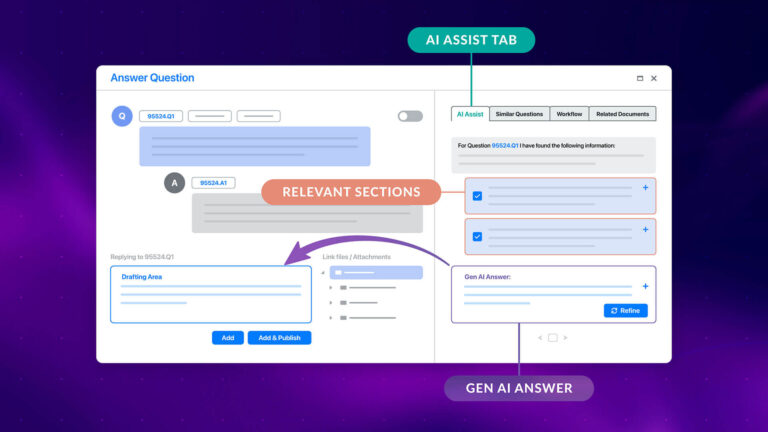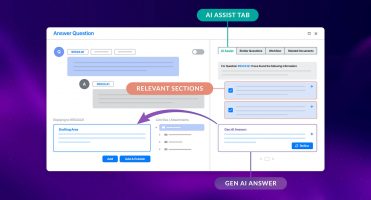The phrase M&A (merger & acquisition) is common parlance in the corporate world as it involves a consolidation of business activities of two or more entities. With increased complexity in corporate structures, a successful M&A deal necessitates pursuing multiple steps to unlock synergy.
Step on sell-side M&A:
- Phase One: Prepare for a Sale
- Define a strategy: A seller should define the reasons for pursuing a sale and identify suitable buyers.
- Compile documentation/materials: The seller works with investment bankers to prepare a confidential information memorandum (CIM) – an extensive document providing information about the company’s financials, market share, and products/services – commonly known as the ‘deal book’.
- Phase Two: Hold Bidding Rounds
- At this stage, the seller reaches out to buyers to evince interest in pursuing a sale and respond to any general queries. A concise document is created in the form of an Executive Summary/Teaser that provides information about the bids.
- Receive initial bids: After making initial contact, collate bids made by various buyers and conduct meetings to interpret them in detail.
- Receive Letter of Intent (LOI): If the buyer is still interested in pursuing an M&A, an LOI will be provided with an overview of the proposed deal.
- Phase Three: Negotiation
- Negotiate: On receipt of the LOI, negotiate with the buyer, or seek external expertise to determine the viability of the proposed deal.
- Enter into an exclusivity agreement: Usually, a buyer initiates signing of an exclusivity agreement to refrain the seller from soliciting interest from other parties until the deal is finalised or shelved.
- Facilitate buyers due diligence: Enable the buyer to undertake due diligence by providing requisite information in a timely and efficient manner through the utilisation of a secure virtual data room.
- Draft the definitive agreement: On completion of due diligence, both parties initiate the drafting of the final deal.
- Get approval from Board: On receipt and agreement on the final deal, the seller seeks the Board’s approval to complete formalities and initiate the sale.
- Sign the definitive agreement: After completion of the formalities, the final agreement is signed, the deal is closed, and integration begins.
Steps on buy-side M&A:
- Develop an acquisition strategy: A buyer must define the purpose of M&A – improved financial performance, larger market share, and access to stock exchanges are the common ones.
- Set M&A search criteria: Identify M&A parameters to narrow down prospects and continuously scrutinise candidates against these factors to weed out subpar options.
- Start acquisition planning: On shortlisting M&A candidates, make initial contact through a letter of intent (LOI) to express willingness to pursue an M&A scheme and provide a high-level summary of the proposed deal.
- Perform valuation: After receiving LOI, the target provides comprehensive information about the business to enable the study of the viability of the M&A. Subsequently, the buyer develops multiple financial models to assess potential financial gains/losses of the proposed deal.
- Perform due diligence: In M&A, due diligence refers to the extensive scrutiny of information to gauge the real picture of a company. It is not uncommon for a buyer to seek outside counsel and adoption of a virtual data room to perform due diligence. The entire due diligence process is streamlined through the use of a virtual data room. This is achieved by offering a dashboard which features a real-time view of all aspects of the deal process, while also automatically tracking any user interaction. Furthermore, the retrieval of any necessary information from the data room is an incredibly straightforward process, ultimately meaning that time is saved and due diligence processes are followed as stringently as possible.
- Negotiate: Armed with valuation and due diligence information, the buyer should make an informed decision about the purchase price and, subsequently, present the deal to the target.
- Create a financing strategy: On finalising the deal, the buyer ascertains ways to finance the deal – either through cash reserves, debt, equity swap, or a combination of these options.
- Sign the deal: Upon agreement of terms and conditions, both parties sign the M&A agreement.
- Begin integration: The M&A is an on-going process as both parties need to work together to integrate various functions and carefully monitor for any variations.
Find out more about Imprima’s AI-driven software for Due Diligence:






